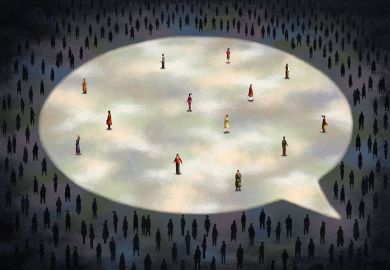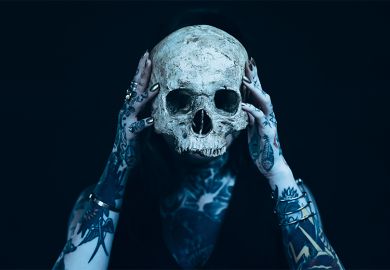Parents do not know what they do when they leave their children to fall asleep in the dark. Charles Lamb thought the night fears that visited children in their lonely beds - the gorgons, witches, hydras and harpies - were archetypes, transcripts from eternity.
On the evidence of A Geography of Victorian Gothic Fiction , Robert Mighall would disagree. He argues that the objects of our fear, those elements that make up the gothic text, are constantly changing. For him, it is our attempts to distance ourselves from the past that produce the gothic. Once we historicise gothic fiction, we discover that it is the atavistic, the vestigial survival, that terrifies us.
Mighall specifically attacks psychoanalytic readings of the major gothic texts. This would appear to be a long overdue task. It is astonishing that Mighall is apparently one of the first critics to place Dracula , for example, in the context of Victorian psychology and sexology. He exposes the unspoken assumptions of critics who trot out the same tired arguments about erotically subversive vampires undoing the Victorian patriarchal male. For these critics, he argues, what is at stake is their own supposed distance from those terribly repressed Victorians. Mighall, on the other hand, rightly refuses to patronise the past.
His excellent book clears the ground for historically contextualised interpretations of the gothic. Yet in his enthusiasm to rout the enemy, he gives some hostages to criticism. Mighall's idea that "the major organising figure in the gothic throughout its development is the imputation of anachronism as a source of disorder or fear" is too limiting to work. While Mighall's thesis is often apt, any definition of gothic that excludes Frankenstein is running into problems.
Conversely, the presence of evolutionary and developmental theories in all branches of 19th-century thought means that the idea of the atavistic can be applied to almost anything: the monkey in Sheridan Le Fanu's "Green Tea" represents our evolutionary past; Mr Hyde is clearly a Lombrosian criminal degenerate, stuck in an earlier developmental stage; and Wilde's "Canterville Ghost" is just another historical survivor battling against American progress and up-to-date cleaning fluids.
By placing the roots of all gothic - Romantic, Victorian, and, by implication, our own - in this one process, Mighall is as guilty of essentialism as the psychoanalytic critics he sets out to discredit. Is there only one gothic? Do we still think of serial killers as atavisms? Do our monsters still belong to some prehistoric past, or come at us from an incomprehensible future? Mighall's analysis relies on a particular moment of intellectual history. And now that moment has gone, why do these shadows still scare us?
Nonetheless, this is an original, thoughtful and ground-breaking book. No student of Victorian literature can afford to neglect it. Unusually for a critical book, it is also great fun - the material on the perils of masturbation is typically wonderful. Yet, inevitably, it leaves the real sources of fear and mystery (not to mention pleasure) in the gothic, untouched.
If any element of the past really scares us, perhaps it is our involuntary return in fiction to those darkened bedrooms of childhood. And the reason why we were quite so scared by ghost stories and Gothic fictions back then remains as baffling as ever.
Michael Newton teaches in the English department, University College London.
A Geography of Victorian Gothic Fiction
Author - Robert Mighall
ISBN - 019 818472 7
Publisher - Oxford University Press
Price - £45.00
Pages - 312



